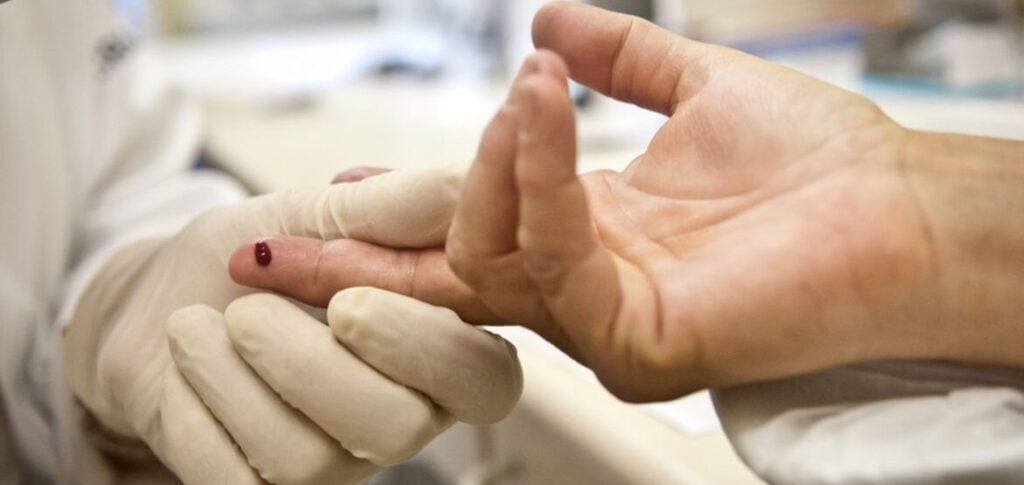The plan presented in a new report from UNAIDS (United Nations Program on HIV/AIDS) “shows that success is still possible this decade,” said the program's executive director, Winnie Byanyima.
ADVERTISING
Ending AIDS is a political and financial decision, according to UNAIDS, which coordinates initiatives around the world to end the epidemic by 2030, as part of the Sustainable Development Goals adopted in 2015 by the UN.
The organization highlighted the need to combat inequalities, support communities and civil society organizations, and ensure adequate and sustainable financing.
Byanyima highlighted that the greatest progress was recorded in the countries and regions that invested the most financially, with mentions for countries in East Africa and the southern part of this continent, where contagions have registered a drop of 57% since 2010.
ADVERTISING
Botswana, Swaziland, Rwanda, Tanzania and Zimbabwe achieved the objectives dubbed “95-95-95”.
This means that 95% of people living with HIV are aware of their health status, 95% of them are on treatment and 95% of those treated have a suppressed viral load, which means they do not transmit the virus.
Outros 16 países, oito deles na África Subsaariana, região onde vivem 65% das pessoas soropositivas, estão próximos de alcançar o objetivo.
ADVERTISING
One death per minute
The number of people taking antiretroviral treatment worldwide increased from 7,7 million in 2010 to 29,8 million in 2022. New infections have fallen by 59% since the peak recorded in 1995.
Last year, 82% of pregnant or breastfeeding women living with HIV had access to antiretroviral treatment, compared to 46% in 2010.
“The end of AIDS provides an opportunity for an exceptionally powerful legacy for current leaders,” said Byanyima.
ADVERTISING
“Future generations will be able to remember these people as those who were able to end the world’s most lethal pandemic,” he added.
In 2022, one person died every minute from AIDS and almost 9,2 million remained without treatment, including 660.000 HIV-positive children.
Reduction in financing
UNAIDS lamented that many countries still have laws that criminalize populations considered at risk or certain behaviors.
ADVERTISING
The majority of countries (145) criminalize the use or possession of drugs and 67 nations penalize consensual same-sex sexual relations.
Additionally, 143 countries criminalize or prosecute HIV exposure, failure to disclose, or transmission of the virus.
“If governments ignore, isolate or criminalize people living with HIV or who are exposed to the risk of contagion, progress in the AIDS response is undermined and more people will contract the virus,” said UNAIDS.
A considerable challenge is financing a global response. Resources increased considerably at the beginning of the 2010s, but last year they fell to the same level recorded in 2013.
In 2022, US$20,8 billion (almost R$100 billion) was allocated to programs to combat HIV in low- and middle-income countries, 2,6% less than in 2021 and well below the 29,3 billion dollars (R$140 billion) considered necessary by 2025.
Read more:
* The text of this article was partially generated by artificial intelligence tools, state-of-the-art language models that assist in the preparation, review, translation and summarization of texts. Text entries were created by the Curto News and responses from AI tools were used to improve the final content.
It is important to highlight that AI tools are just tools, and the final responsibility for the published content lies with the Curto News. By using these tools responsibly and ethically, our objective is to expand communication possibilities and democratize access to quality information. 🤖




